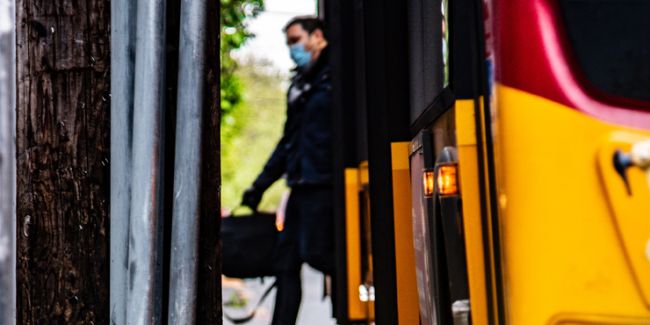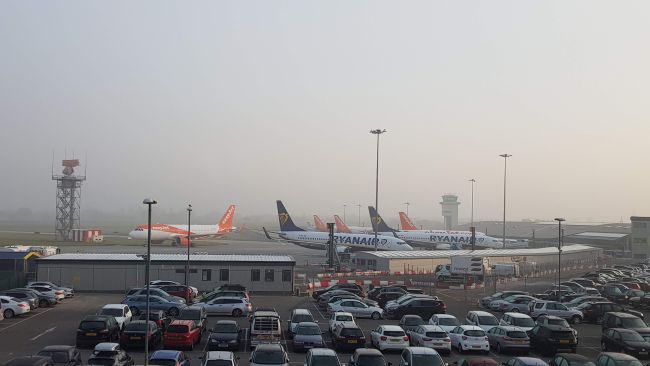Understanding the transit ecosystem: where to innovate
When we think about technological innovation in the current transit market, what comes to mind?

When we think about technological innovation in the current transit market, what comes to mind? Disruption of transit as we know it? Perhaps instead of conflict, we should think more along the lines of technology sustaining and enhancing public transportation. To do that, we must understand the entire transit ecosystem and where incremental opportunities lie.
The transit ecosystem has two sides – the internal operations of the transit provider and the user experience the customers have with the transit system itself. These two sides are powered by separate sets of individuals and therefore both perspectives need to be considered when developing an optimal ecosystem.
Today, most transit technological innovation are developed from the customer's point of view, aimed at improving the transit customer journey. Rider-centric transit websites, complete with accurate schedules, trip planning tools, and real-time service alerts and arrival times, are one clear example. Riders also have access to a wide range of mobile transit apps, such as CityMapper, Transit and Google Maps, available to them as consistent sources of travel information. Yet transit agencies nationwide are faced with declining ridership, a shrinking operational workforce, and outdated workflow processes which lead to poor communication, poor data collection, and other day-to-day challenges. How might an approach that focuses on technological innovation within transit operations also improve the customers' experience?
A front-end user interface, like CityMapper or Google Maps, alone won’t ensure the success of a system since the end-result relies heavily on the operational aspects unbeknownst to the user. Therefore, if we continue to innovate with only the customer in mind we may never achieve the profound transit evolution we envision.
Technological innovations that improve the customer experience are often the result of a User Experience (UX) approach which involves human-centered research and iterative testing to create solutions that are accessible, usable and meaningful. However, the same principles can also be applied to improve backend transit operations.
First, we must understand the UX approach which includes four key components:
- Discovery (observe behavior, gather user insight).
- Design (generate ideas,
- build prototypes).
- Test / Iterate (test prototypes, amend ideas).
- Develop (implement tested ideas, measure success, learn).
In the discovery phase, we would determine areas of improvement to transit operations after studying day-to-day workflows of individuals within different departments. We would work to understand their goals, needs, and frustrations within those work experiences. In other words, we would seek to measure the health of three components:
- Quality of Process (task completion, time, and risk).
- Quality of Data and Information (how it is collected, transferred, and managed).
- Quality of Communication (with key staff, stakeholders, partners, and suppliers).
Next, we would identify potential solutions and design models to test each one. These models can be a prototype of a product (e.g. a new transit data management software) or a prototype of a strategy (e.g. a new collaborative transit workflow). Finally, we would test these prototypes in a controlled environment with a selected group of transit operator participants, make adjustments based on the insights gathered and ultimately develop the final solution.
Utilizing a UX approach, we can examine a variety of applications that streamline transit operations to enhance the service provided, and ultimately elevate the transit customers’ experience. To utilize this approach, agencies and municipalities should start with two easy principles – respect the old, self-reflect for the new; and show current vs. projected cost/benefit. Starting the process with a ‘cultural’ examination to better understand the organization’s strengths and weaknesses before taking on any major changes allows the organization to position itself in the best way possible for innovation to happen. Comparative cost/benefit metrics can effectively help agencies see value in proposed changes to their operations, motivating leaders to adopt new processes that potentially move away from traditional workflows and models.
This approach can harness technological advancements to improve transit services, rather than disrupt them and help providers holistically understand where opportunities lie across the entire transit ecosystem.




















